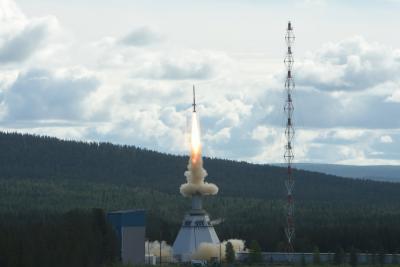Versarien receives first U.S graphene order
 Versarien has announced that it has secured its first graphene order from a U.S-based company. Versarien stated that the American customer had successfully conducted laboratory testing and industrial trials prior to placing the order for 12kg of Versarien’s high purity graphene product. The graphene, in the form of high purity nano platelets, is integrated into an enhanced material which can be used in various ways - from graphene-enhanced plastic to packaging solutions and household items.
Versarien has announced that it has secured its first graphene order from a U.S-based company. Versarien stated that the American customer had successfully conducted laboratory testing and industrial trials prior to placing the order for 12kg of Versarien’s high purity graphene product. The graphene, in the form of high purity nano platelets, is integrated into an enhanced material which can be used in various ways - from graphene-enhanced plastic to packaging solutions and household items.
Versarien’s new customer reportedly intends to use the graphene material in down-hole drilling components for their initial scale up process. Should this scale up be successful, Versarien expects to receive additional orders that are likely to be significantly larger.







